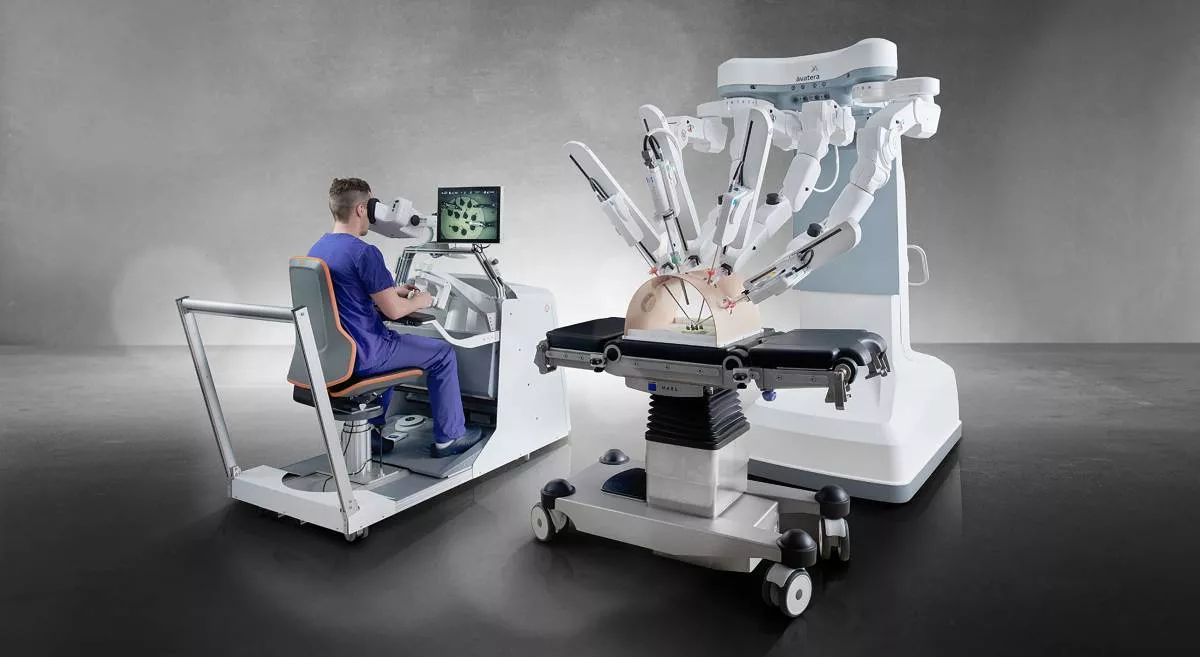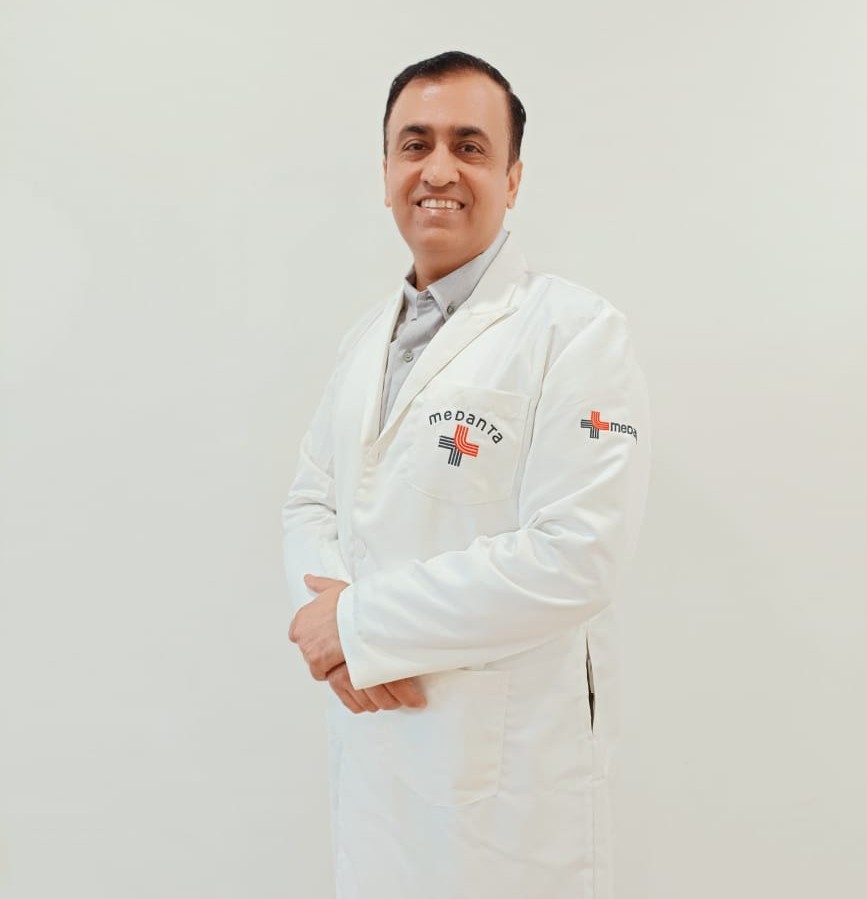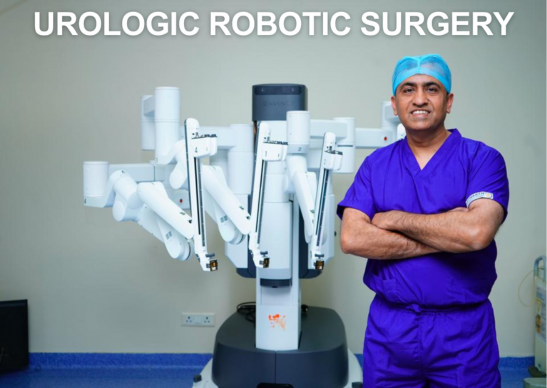
When it comes to urological procedures, precision and innovation are essential for successful outcomes. Robotic surgery in urology has revolutionized the way complex procedures are performed, offering patients minimally invasive, highly precise solutions to a range of urological conditions. Dr. Dushyant Nadar, the best Robotic Urology Doctor in India stands as a shining example of excellence in the field of Robotic Urology in India. With a remarkable track record and a dedication to precision and innovation, he leads the way in delivering cutting-edge treatments and compassionate care for urological conditions.
Robotic surgery, also known as robot-assisted surgery, is a minimally invasive surgical technique that utilizes advanced robotic systems to assist skilled surgeons in performing complex procedures with remarkable precision. In urology, this technology has opened up new possibilities for treating conditions of the kidneys, bladder, prostate, and more.
Robotic surgery has become increasingly prevalent in the field of urology over the past two decades. This minimally invasive surgical approach offers several advantages, such as enhanced precision, dexterity, and improved patient outcomes. Here’s an overview of robotic surgery in urology:
Robotic surgery offers several advantages over traditional open surgery and laparoscopic techniques:
Robotic surgery is applicable to a wide range of urological conditions, including but not limited to:
Dr. Dushyant Nadar is widely recognized as the best Urologist in Noida. His expertise in robotic surgery is unmatched, and he has successfully performed numerous complex procedures, earning the trust of patients across the region. He has extensive experience in robotic surgery, ensuring the best possible care. We are equipped with state-of-the-art robotic systems, guaranteeing the highest level of precision. Patient comfort and well-being are our top priorities throughout your journey. Dr. Dushyant’s track record of successful outcomes speaks for itself. Dr. Dushyant Nadar is a distinguished name in the field of urology, renowned as the best Robotic Urology Doctor in India. With a wealth of experience and expertise, he specializes in cutting-edge robotic surgical techniques, offering patients precision and compassion in their healthcare journey. His commitment to excellence and patient-centered care makes him a trusted choice for urological concerns in India and beyond.

Director - Urology, Robotics & Kidney Transplant at Medanta Super Speciality Hospital, Noida
When it comes to urological procedures, precision and innovation are essential for successful outcomes. Robotic surgery in urology has revolutionized the way complex procedures are performed, offering patients minimally invasive, highly precise solutions to a range of urological conditions. Dr. Dushyant Nadar, the best Robotic Urology Doctor in India stands as a shining example of excellence in the field of Robotic Urology in India. With a remarkable track record and a dedication to precision and innovation, he leads the way in delivering cutting-edge treatments and compassionate care for urological conditions.
Robotic surgery, also known as robot-assisted surgery, is a minimally invasive surgical technique that utilizes advanced robotic systems to assist skilled surgeons in performing complex procedures with remarkable precision. In urology, this technology has opened up new possibilities for treating conditions of the kidneys, bladder, prostate, and more.

Robotic surgery has become increasingly prevalent in the field of urology over the past two decades. This minimally invasive surgical approach offers several advantages, such as enhanced precision, dexterity, and improved patient outcomes. Here’s an overview of robotic surgery in urology:
The Benefits of Robotic Surgery
Robotic surgery offers several advantages over traditional open surgery and laparoscopic techniques:
Conditions Treated with Robotic Surgery
Robotic surgery is applicable to a wide range of urological conditions, including but not limited to:
Dr. Dushyant Nadar is widely recognized as the best Urologist in Noida. His expertise in robotic surgery is unmatched, and he has successfully performed numerous complex procedures, earning the trust of patients across the region. He has extensive experience in robotic surgery, ensuring the best possible care. We are equipped with state-of-the-art robotic systems, guaranteeing the highest level of precision. Patient comfort and well-being are our top priorities throughout your journey. Dr. Dushyant’s track record of successful outcomes speaks for itself. Dr. Dushyant Nadar is a distinguished name in the field of urology, renowned as the best Robotic Urology Doctor in India. With a wealth of experience and expertise, he specializes in cutting-edge robotic surgical techniques, offering patients precision and compassion in their healthcare journey. His commitment to excellence and patient-centered care makes him a trusted choice for urological concerns in India and beyond.